Autumn is one of the most scenic and enjoyable times of the year to go hiking. The air is cooler, the colors are more vibrant, and there’s something calming about being out in nature in those autumn months. However, planning for a fall hiking trip can be tricky. One must consider what to wear for optimal comfort while navigating unpredictable weather conditions and an ever-changing landscape. Whether you want minimal disruption from Mother Nature or fully embrace this season’s beauty with full force — packing appropriately will give you the best chance at success before even setting foot on your adventure! Let us show you how easy it can be to pick your autumnal wardrobe when going for a hike this season!
What Types of Hikes Are Existing?
Embarking on a hiking adventure offers a splendid opportunity to immerse oneself in the wonders of the great outdoors. It’s an enjoyable activity that can be done alone or with friends, family, and even pets! There are several types of hikes that one can experience depending on your skill level, location, and personal preferences. Here are some of the most popular types of hikes:
- Day Hikes: These hikes are usually short in length and can take anywhere from a few hours to an entire day. They often focus on one particular trail or area of land, allowing for the hiker to explore its natural beauty without dedicating too much time. [1]
- Overnight Hikes: Also known as backpacking trips, overnight hikes involve spending a night or two camping outdoors. This type of hike usually requires special gear and supplies, as well as an experienced leader to guide the group.
- Trail Running: This type of hike combines running with hiking, allowing for athletes to experience the beauty of nature while pushing themselves physically and mentally. These hikes tend to be more intense, so it’s important to be aware of your limits.
- Extended Hikes: Also known as thru-hiking, extended hikes involve hiking long distances over multiple days or weeks. This type of hike allows for exploration and discovery of the outdoors like never before, but it’s important to come prepared with food, supplies, and safety gear.
- Winter Hikes: Winter hikes offer the unique opportunity to explore nature in its most pristine form. This type of hike involves traversing snowy trails and taking in breathtaking views of frozen landscapes. However, it’s important to take proper precautions when hiking during colder months such as dressing appropriately and carrying supplies for emergency situations. [2]
When Should I Go Hiking?
If you love the outdoors, then hiking can be a great way to explore nature and get some fresh air. But when is the best time of year for taking a hike? That depends on your preference, as different seasons offer different experiences. [3]
Spring
Spring is a great time for hiking, as the weather is pleasant and the scenery is beautiful. You can often enjoy the sight of wildflowers in full bloom, and the days are usually warm enough to comfortably spend several hours outdoors. However, spring showers may make trails muddy, so be sure to bring waterproof shoes with you.
Summer
Summer is also a popular time for hiking, as the days are generally sunny and warm. However, it can get quite hot during the summer months, so you may want to choose trails with plenty of shade or take a hike at night to avoid the afternoon heat. Also, be sure to bring enough drinking water with you to stay hydrated.
Fall
Fall is a great season for taking hikes in the woods, as the leaves will be changing color and the air will be crisp. This is also an ideal time of year if you are looking for wildlife, as many animals will be preparing for winter by stocking up on food. However, temperatures can drop quickly in fall so make sure to check the weather forecast before setting out.
Winter
Winter is not usually thought of as the ideal season for hiking, but it can offer a unique experience. Trails may be covered in snow and ice, so you’ll need to bring proper gear such as warm clothes, waterproof boots, and gloves. On the plus side, winter hikes are often peaceful and serene — perfect for those looking for a quiet escape. [4]
What are the Features of Hiking in the Fall?
Hiking in the fall is a great way to explore nature and enjoy the changing colors of nature’s beauty. There are many advantages including cooler temperatures, beautiful scenery and fewer people on the trails. Here are some key features that make fall hiking an enjoyable experience:
Cooler Temperatures
The days may be shorter in the fall, but the temperatures are usually cooler which makes for a much more comfortable hike. As the leaves turn brown and orange, you can enjoy the crisp autumn air while taking in nature’s beauty. [5]
Scenic Vistas
The changing colors of leaves during the fall make for beautiful backdrops as you explore the trails. You’ll be able to take in stunning views of nature while hiking. The vibrant reds, oranges and yellows of the trees create a picturesque sight that will make your hike even more enjoyable.
Fewer Crowds
Hiking in the fall often means there are fewer people on trails, making it easier to enjoy nature’s tranquility. You’ll be able to avoid the crowds and find solace in the peaceful atmosphere the fall brings.
Unique Wildlife
Fall is a great time to observe wildlife in action, as the animals begin to prepare for the winter. You may be able to spot deer and other animals on your hikes, making your outdoor experience even more exciting. [6]
Advantages and Disadvantages of Hiking in Fall
This time of year offers seasonal changes in foliage, cooler temperatures, and fewer bugs which can make hiking more enjoyable. However, there are still some risks associated with being outdoors in the colder months that should be taken into account before you plan your next outdoor adventure. Here are some advantages and disadvantages of hiking in the fall. [7]
Advantages:
- Enjoyable weather: The cool temperatures and crisp air make for comfortable conditions that are ideal for hiking. There is no need to worry about the heat or humidity as you would during the summer months.
- Beautiful landscape: The changing leaves can create a stunning backdrop of colors during your hike. This can make for some breathtaking moments along your journey.
- Less bugs: The cooler temperatures mean that there are typically fewer bugs to worry about on your trail.
- More wildlife activity: As animals prepare for the winter ahead, you may get a chance to observe more wildlife out and about during your hike.
Disadvantages:
- Low visibility: The shorter days and fewer hours of daylight can make it difficult to finish your hike before dark. As the temperatures drop, so does the amount of light available on the trail.
- Cold weather gear required: Make sure you bring appropriate gear for colder temperatures such as heavy coats, gloves, hats, and scarves.
- Trail hazards: Be aware of the potential for icy patches on trails which can make them more dangerous.
- Limited daylight hours: With fewer hours of sunlight, you may find yourself running out of time before you complete your hike. Make sure to plan ahead and leave plenty of time for your trip. [8]
What to Take on a Fall Hike?
Whether you’re planning a weekend hike or just going for an evening stroll, it’s important to make sure that you are properly prepared. Here are some tips on what to take with you on a fall hike:
- Clothing – Dress in layers to stay comfortable and warm. Avoid cotton clothes as they can become damp and cold easily. Choose items made of fabrics such as polyester that will keep you insulated even if you sweat. Make sure to wear shoes with good traction to avoid slipping on wet or muddy surfaces.
- Water – Bring enough water for the entire duration of your hike, plus a little extra in case you need it. If bringing a water bottle, make sure to choose one with an insulated cover to keep your water warm and protected.
- Snacks – Pack snacks that will give you energy throughout the hike and won’t spoil easily. Opt for trail mix, nuts, fruits, or protein bars as they are packed with essential nutrients and easy to carry.
- First Aid Kit – Always bring a first aid kit that contains items such as bandages, antiseptic wipes, and adhesive tape.
- Sun protection – Even though it is fall, the sun can still be strong so make sure to bring sunglasses, sunscreen, and lip balm with you on your hike.
- Maps and Guides – Bring a map or guidebook of the area you will be hiking. This will help you stay on track and point out any interesting sights that are not to be missed.
- Flashlight – If you are planning to hike past sundown, make sure to bring a flashlight so you can find your way in the dark.
- Smartphone – Always have your cell phone with you on a hike, even if you don’t plan on using it. This way, if an emergency arises or you need help, you will be able to get in touch with someone who can assist. [9]
What To Wear Hiking In Fall?
The leaves are changing, the temperatures are cooler, and the bug population is dwindling—all of which make for a more enjoyable experience. But what should you wear when hitting the trails in autumn? Read our short guide to help you pick out the best clothes for your next hike.
Step 1: Layer Up
Layering is key when it comes to dressing comfortably for a hike in the fall. Start with a lightweight, breathable base layer such as merino wool or synthetic fabric. This will help keep you warm and dry by wicking away moisture from your skin. Then add one or two insulating layers like fleece and/or down on top depending on the temperature. Finally, finish off your outfit with a waterproof and windproof shell to protect you from the elements.
Step 2: Wear Hiking Boots or Shoes
Hiking boots are an essential piece of kit when it comes to keeping your feet comfortable and protected on rough terrain. Invest in a pair of quality hiking boots that offer good support and traction, as well as being waterproof. If you don’t want to wear boots, you can opt for a pair of lightweight hiking shoes instead.
Step 3: Accessorize
Once you have your base and insulating layers sorted, it’s time to add some accessories. A hat or beanie is a must-have in the fall – it’ll keep your head warm and protect you from the sun. A pair of gloves is also useful for keeping your hands toasty in colder temperatures. And don’t forget a neck gaiter – it can be pulled up over your nose and mouth on particularly windy days.
Step 4: Enjoy Yourself
Once you’ve got your outfit and accessories sorted, it’s time to hit the trails! With the right clothes, you can enjoy a comfortable and successful hike in the fall. Remember to bring your camera too—there’s nothing better than capturing those stunning autumn colors!
Step 5: Clean Your Gear
After a great hike, make sure to clean your gear appropriately. This includes washing your clothes and letting them air-dry, as well as cleaning and drying your shoes or boots. Taking the time to properly care for your gear will help it last longer and stay in good condition. [10]
How to Select Shoes for Fall Hiking?
When it comes to outdoor activities, the right pair of shoes can make or break your enjoyment. Fall hiking is no exception! Check out some tips on how to select the best shoes for fall hikes:
- Consider your terrain – If you’ll be tackling rocky trails or muddy paths, you’ll need a shoe with good grip and traction. Look for sturdy shoes with thick soles and deep treads.
- Choose the right material – In cold and wet weather, you’ll be better off wearing a waterproof or water-resistant shoe. Many hiking shoes are made of leather and lined with Gore-Tex which will keep your feet warm and dry.
- Opt for extra cushioning – Spending hours on the trail can be hard on your feet and joints. Look for shoes with extra cushioning to provide comfort and support as you go.
- Make sure they fit well – The best hiking shoe is one that fits like a glove! Get the right size and width, so no slipping or pinching occurs during your hike.
- Consider brand reviews – Research popular shoe brands and read customer reviews to make sure you are getting the best quality product.
- Try them on – If possible, go to a store and try on shoes before making your purchase. This will ensure that they fit properly and feel comfortable.
- Take care of your shoes – Make sure to clean and condition your hiking shoes regularly, so they last longer! [11]
What is the Best Outfit to Wear When Hiking?
In order to make the most of your trip, it’s important to wear the right clothes. By choosing a functional and comfortable outfit for your hike, you can make sure that you have an enjoyable experience.
Here are some tips on what to wear for your next hiking adventure:
-
- Choose breathable and lightweight fabrics such as cotton or synthetic materials. These will help keep you cool in hotter weather and keep your body dry while trekking in wet conditions.
- Be sure to wear multiple layers of clothing that are easy to take off and put back on. This way, if the temperature changes during your hike, you can quickly adjust the amount of clothing you are wearing.
- Wear comfortable, supportive shoes that are designed for hiking. This will help reduce fatigue and prevent blisters from forming on your feet. You should also wear socks specifically designed for outdoor activities to protect your feet from dirt and debris.
- If it’s sunny outside, be sure to wear a hat and sunglasses to protect your face from the sun’s rays.
- Bring a jacket or layer of clothing made of waterproof, windproof material for extra insulation against cold temperatures and wet conditions.
By following these tips, you can be sure to pick out the perfect outfit for your next hiking adventure! Happy trails! [12]
FAQs
What jacket to wear hiking in autumn?
Be sure to choose a jacket that is both waterproof and breathable. Look for materials such as Gore-Tex or Softshell which provide the best protection against water and wind. Make sure your jacket fits well so it can keep you comfortable while you’re on the trail. Additionally, layer up with other warm clothing items like fleeces and thermal tops to keep yourself warm in colder weather.
Can I wear jeans backpacking?
Jeans can work for shorter hikes, but they are generally not the best choice. They don’t breathe very well and they hold moisture and sweat which can make you uncomfortable over extended amounts of time. If you do choose to wear jeans, try to find a pair that is lightweight and has some stretch so it will be more flexible as you move.
On a longer hike, it’s best to opt for lightweight fabrics like nylon or polyester. These materials are breathable, wick away moisture and keep you dry and comfortable on the trail. Look for pants that have features such as cargo pockets so you can easily store your gear and items. They should also be durable enough to handle repeated wear and tear on the trail.
For colder weather hikes, you can opt for rain pants or insulated trousers to keep your legs warm and dry in inclement weather. Look for features such as reinforced panels at the knees and ankles for extra protection against wear and tear. Choose a pair of rain pants designed with waterproofing technology to make sure that they will keep you dry even during periods of light rain or snow.
How do you dress classy in the fall?
Fall is the time of year when you want to look polished and classy in your attire. To achieve this, you should focus on layering pieces such as cardigans, sweaters, long-sleeve tees, blazers and jackets. Choose fabrics that offer warmth and protection without sacrificing style. Look for colors like navy blue, brown, gray and black, and don’t be afraid to add a pop of color with a scarf or hat. Trade in your sneakers for boots that are both fashionable and functional – perfect for any fall adventure! Remember to accessorize with the right jewelry, bags, hats and scarves to complete your look. With these pieces you can easily transition from day-to-night without sacrificing style.
What kind of clothes should you hike in?
Сlothing can make or break your experience when it comes to hiking. The right outfit can keep you warm and comfortable while the wrong one can lead to a miserable outing. It’s best to wear clothes that are breathable and lightweight but still provide enough warmth. Look for base layers made with fabrics like merino wool or synthetics like polyester and nylon as these are great for both breathability and insulation. Make sure to also choose clothes that fit properly so you can move freely without feeling constrained.
In terms of outerwear, it’s crucial to pick an item that is water-resistant. Look for jackets made from materials such as Gore-Tex or DWR (durable water repellent) as these will provide the best protection against rain and wind. If you’re dealing with snow, wear a jacket that has at least one layer of insulation to keep you warm.
Also, make sure your hiking outfit includes the right footwear. Hiking boots are great for longer hikes and offer good support and stability. For shorter hikes, shoes or trail runners are a better option since they provide more flexibility and breathability. Whichever type of footwear you choose, make sure to wear socks that fit properly and wick away sweat for maximum comfort.
Useful Video: Fall Backpacking Gear List 2021 – 13.5 Pound Lightweight Loadout
Conclusion
Fall is a beautiful time of year to take advantage of nature’s beauty and enjoy a nice hike. The right clothing and gear can help make for an even more enjoyable outdoor experience and contribute to a successful outing. Layering is key, since you can adjust your temperature by adding or taking off layers as needed on the trail. And don’t forget important items like sunscreen, sunglasses and hats, even if the weather isn’t particularly sunny. Lastly, keep in mind that comfort and safety on the trails are paramount when getting dressed, which means wearing well-fitting clothes that won’t limit your movement or cause blisters when you sweat. Taking these tips into consideration will ensure that you are safe and comfortable during your autumn hikes!
References:
- https://kenver.com/blogs/news/16-hiking-types
- https://hikersdaily.com/the-different-types-of-hiking-trails/
- https://www.anytraveltips.com/travel-listing/hike-best-time
- https://www.advnture.com/features/best-time-hiking
- https://wildtrailfinder.com/what-to-wear-hiking-in-fall/
- https://medium.com/@bearpaw_/4-ways-to-keep-hiking-in-the-fall-4fd2e4aed426
- https://environmental-conscience.com/hiking-pros-cons/
- https://abrokenbackpack.com/advantages-and-disadvantages-of-hiking/
- https://www.thewanderingqueen.com/what-to-wear-hiking-in-fall/
- https://www.freshoffthegrid.com/fall-hiking/
- https://www.thehikinglife.com/gear/the-hiking-footwear-guide/
- https://www.backpacker.com/skills/what-to-wear-hiking/#_pay-wall




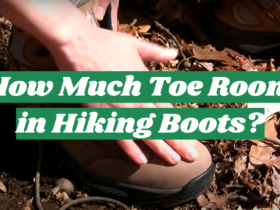
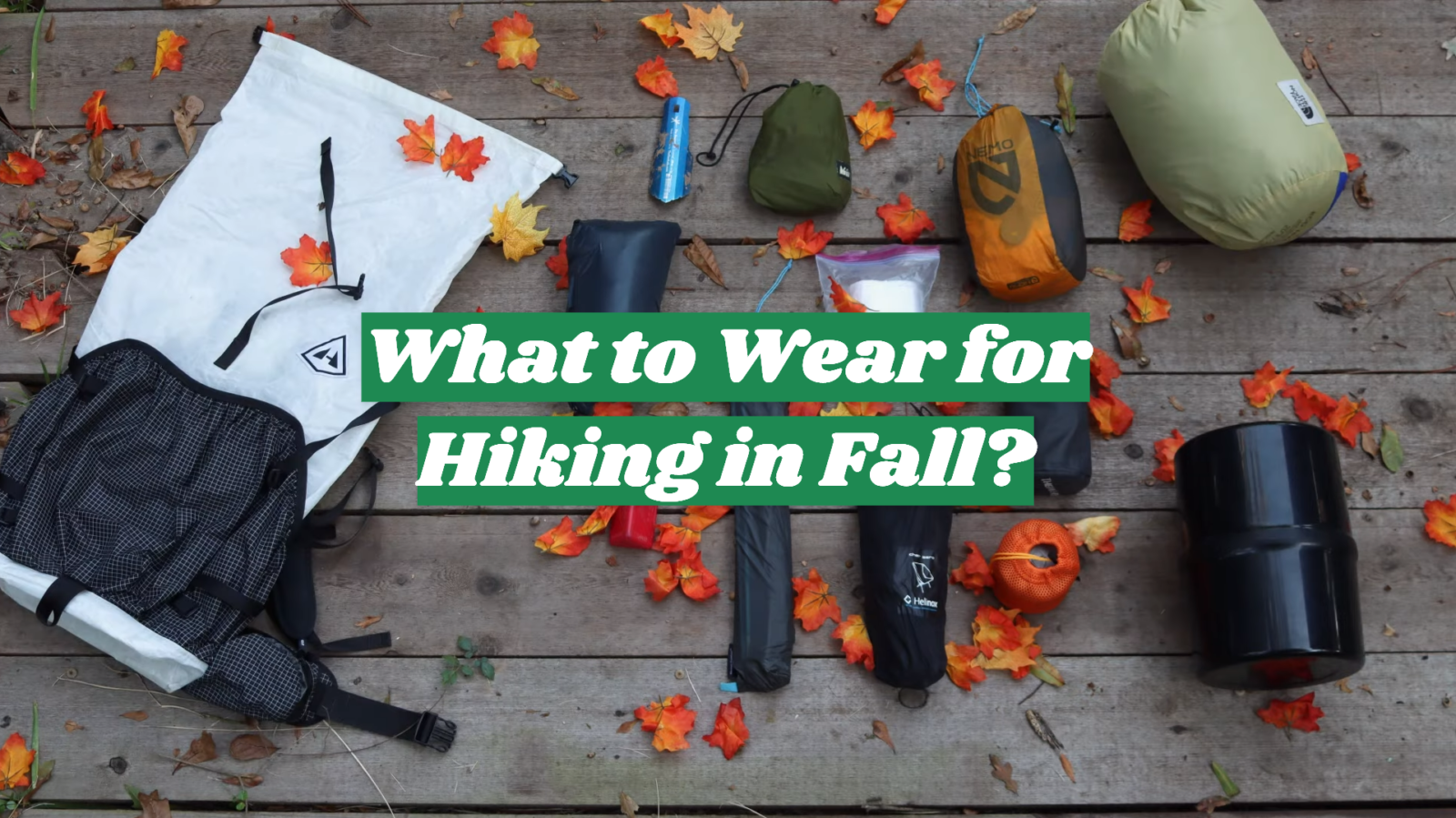
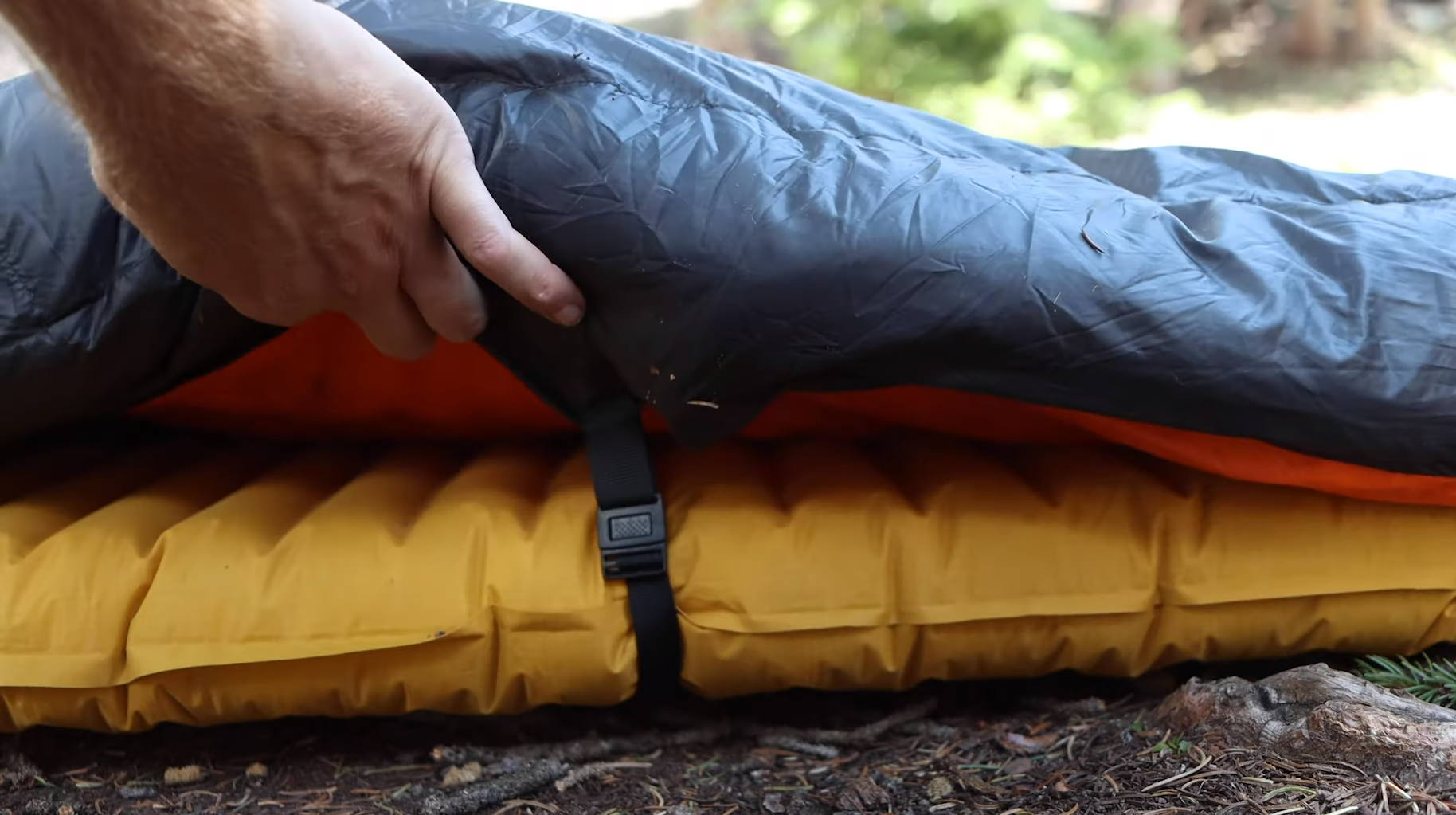
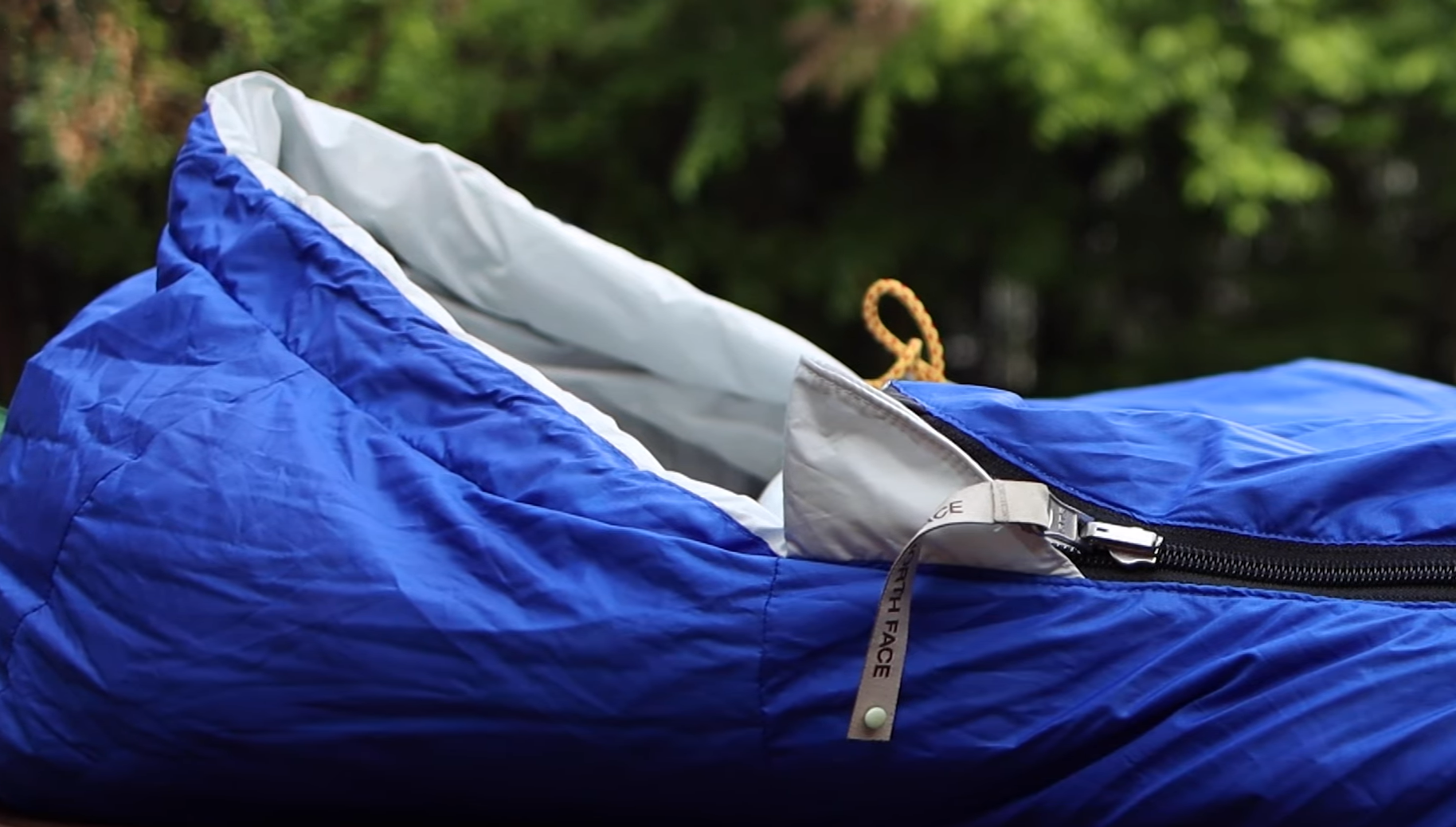
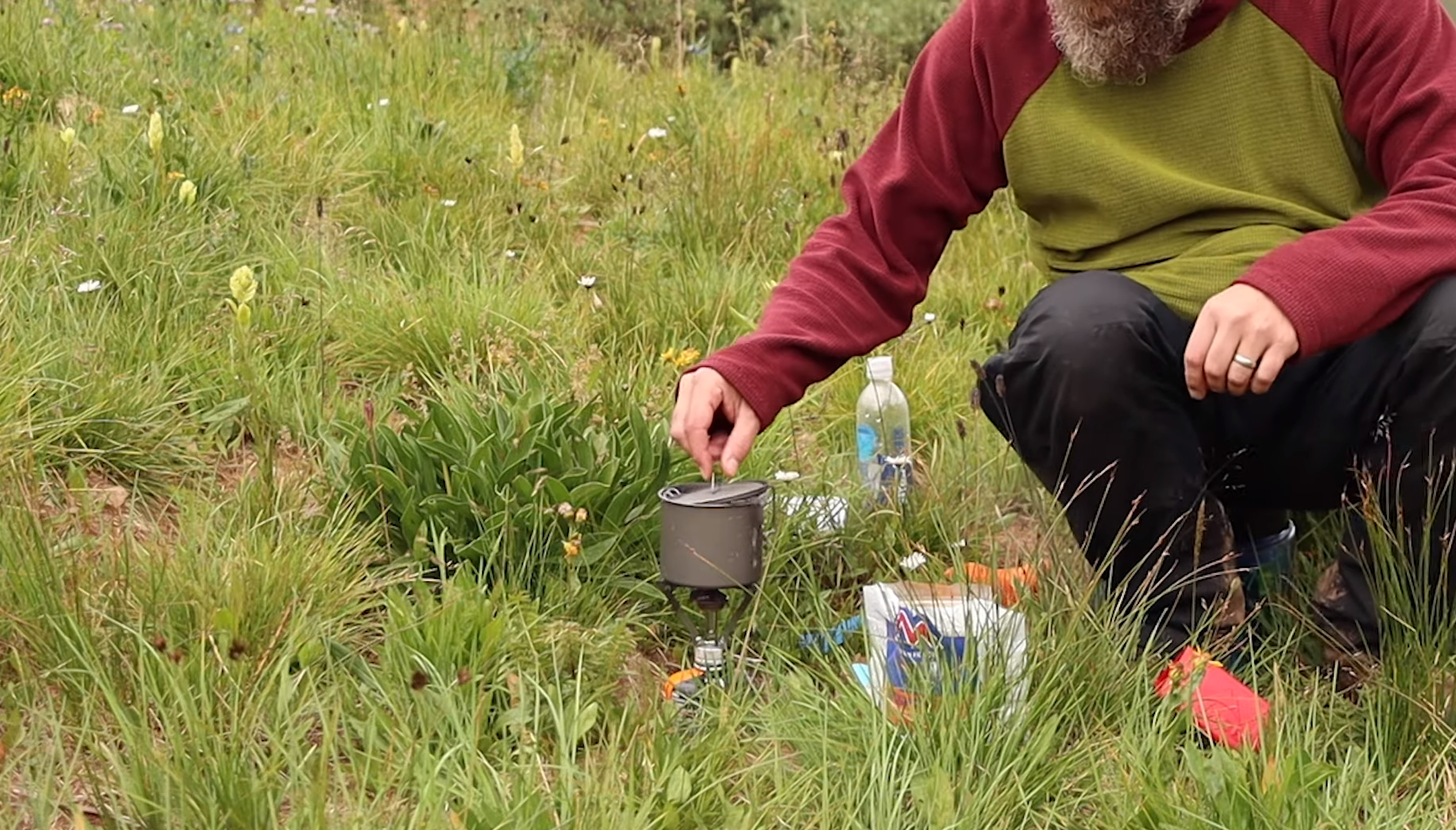
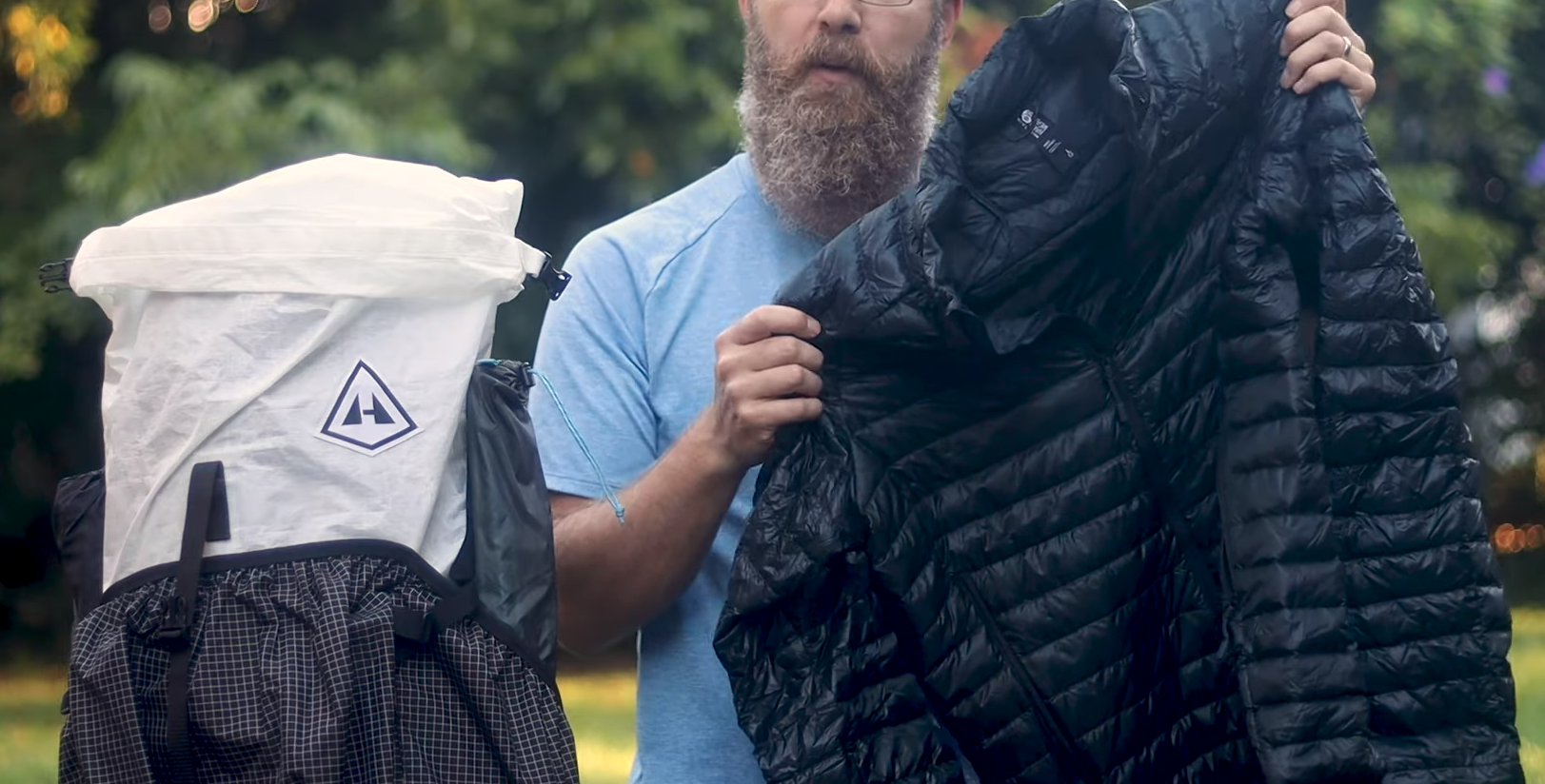
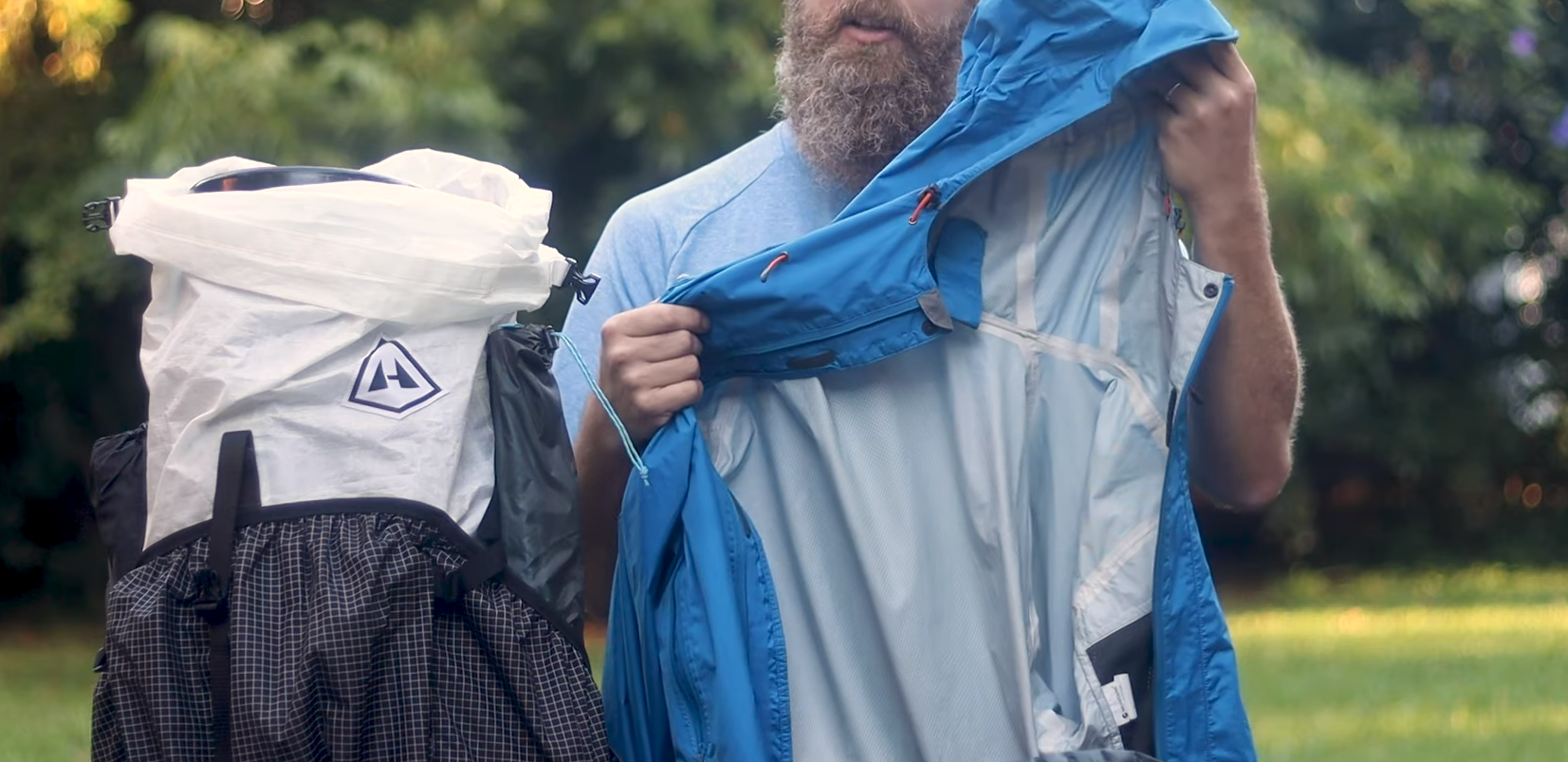
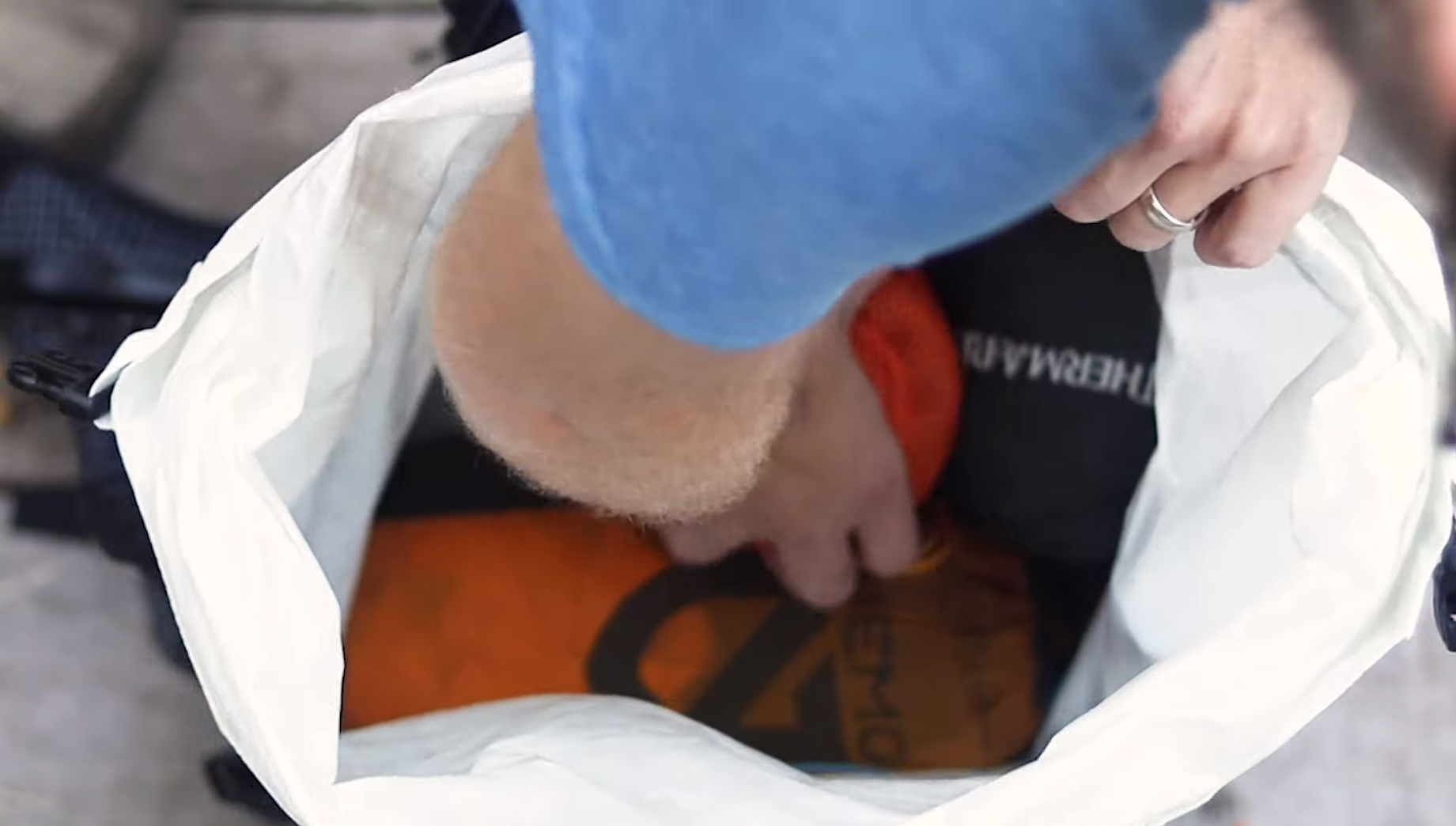
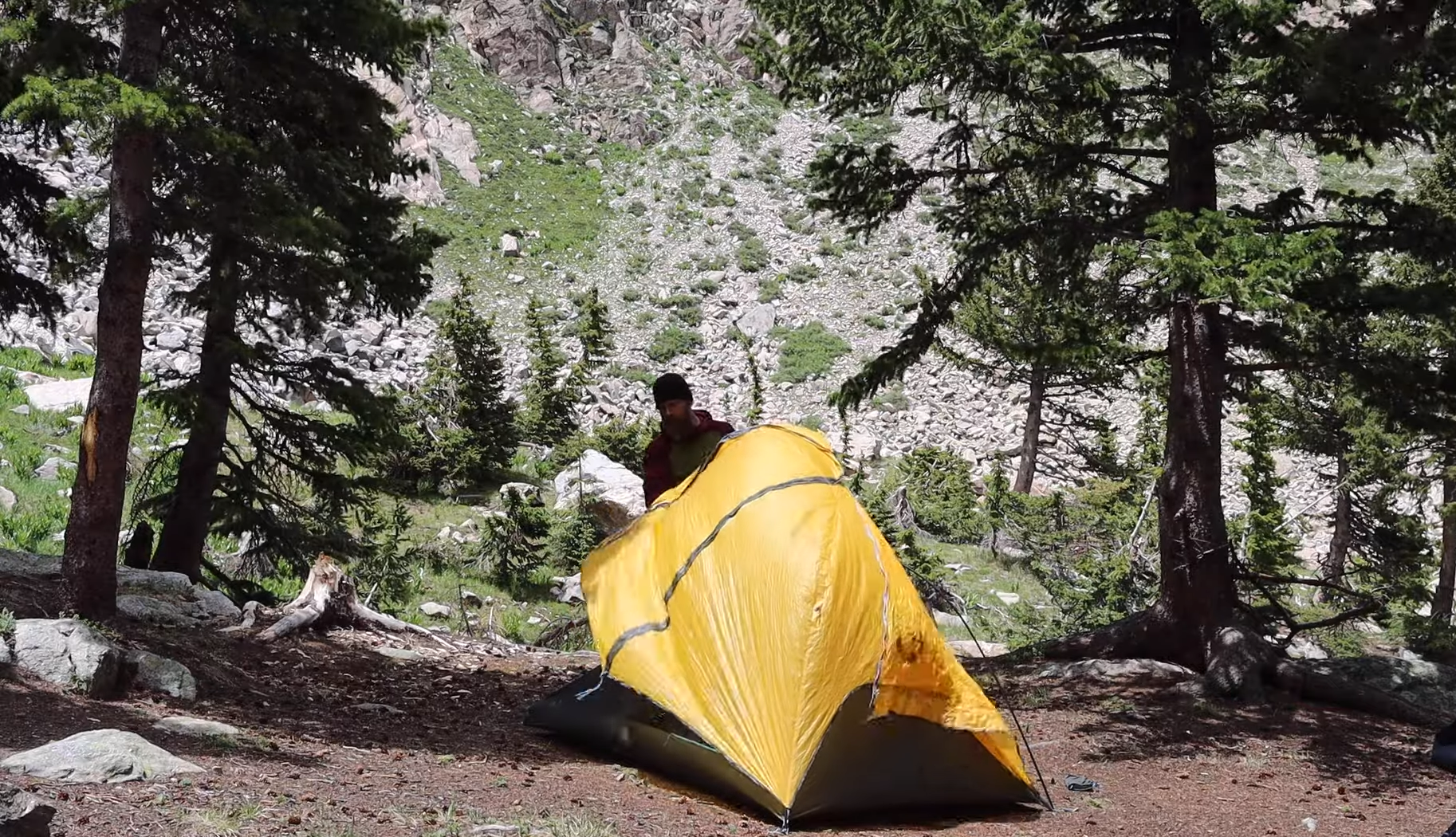



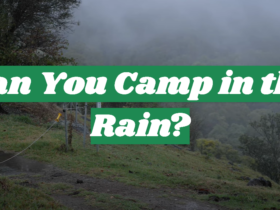
Leave a Review